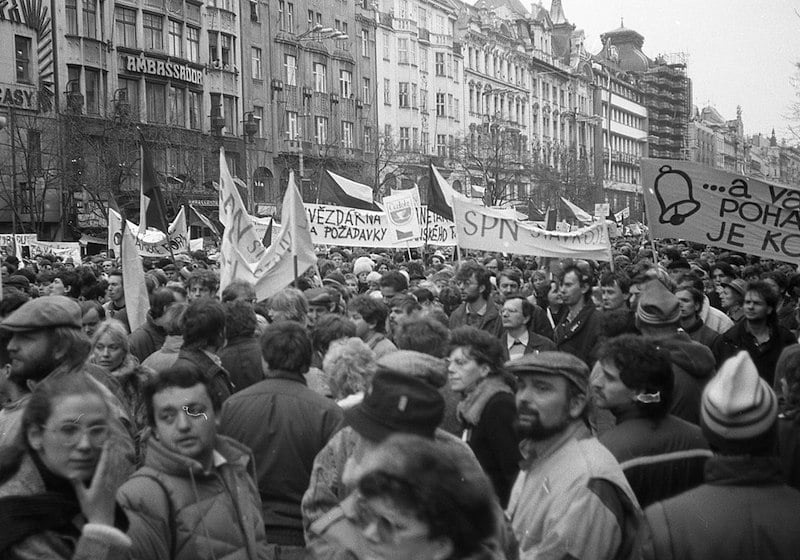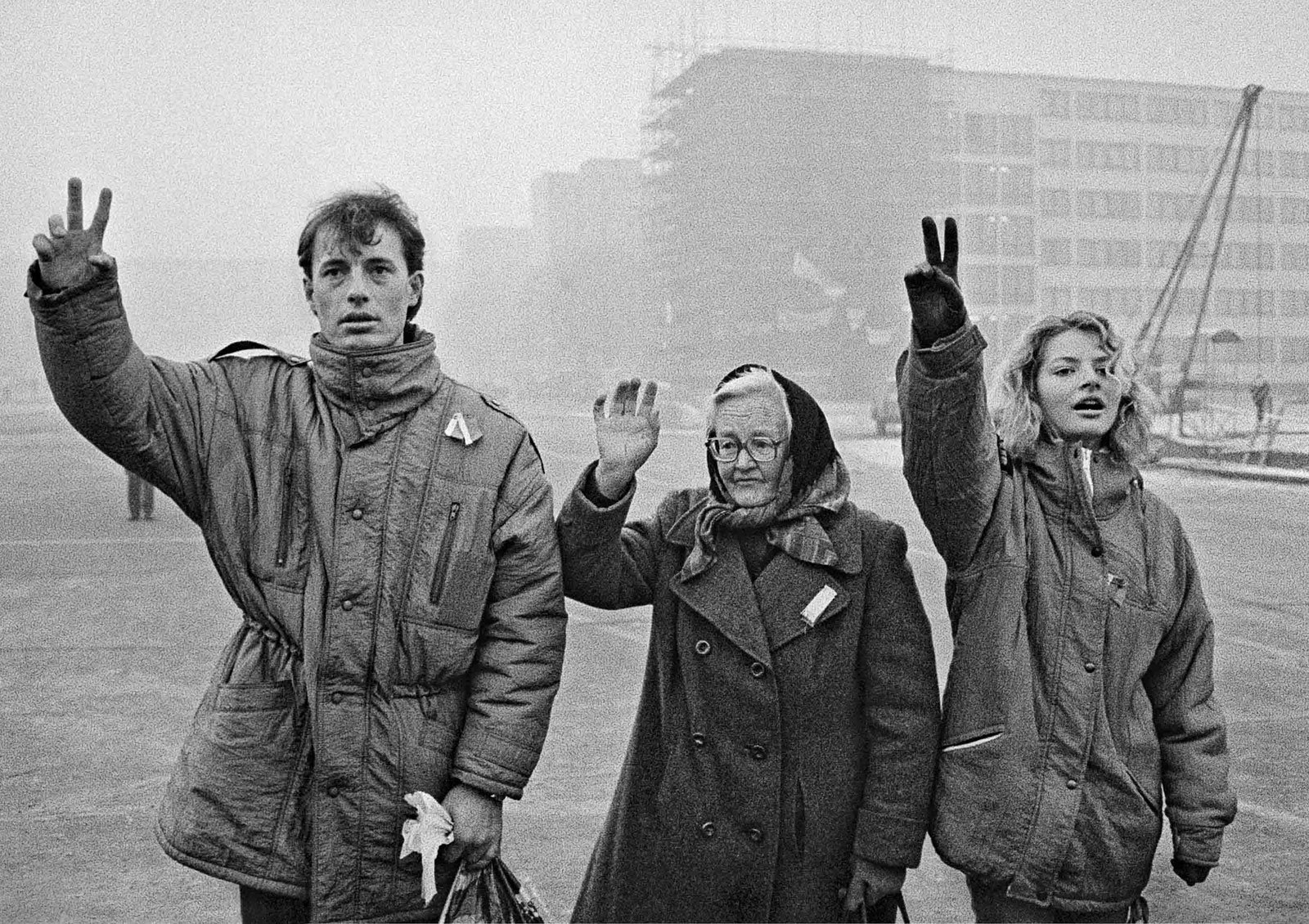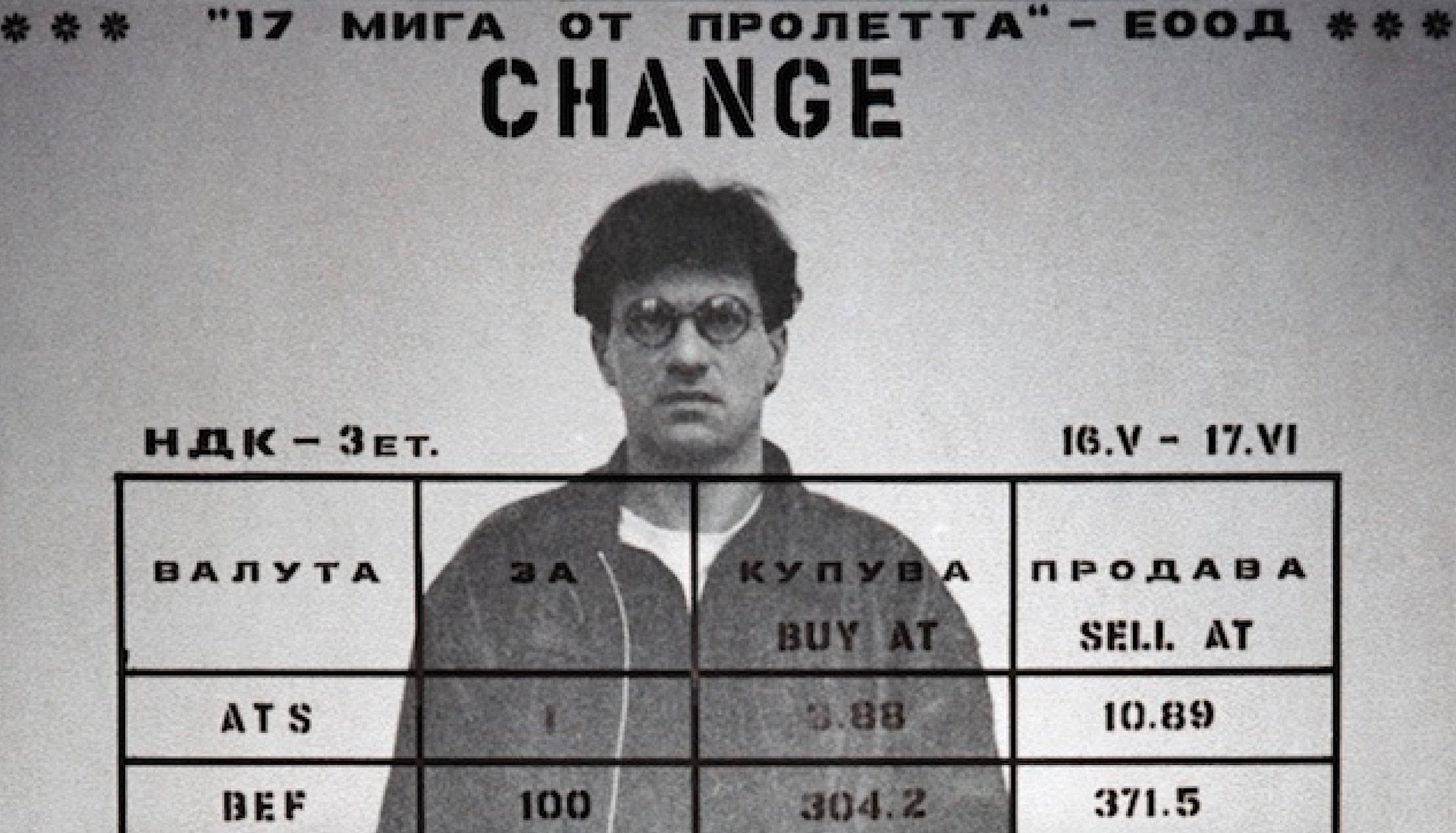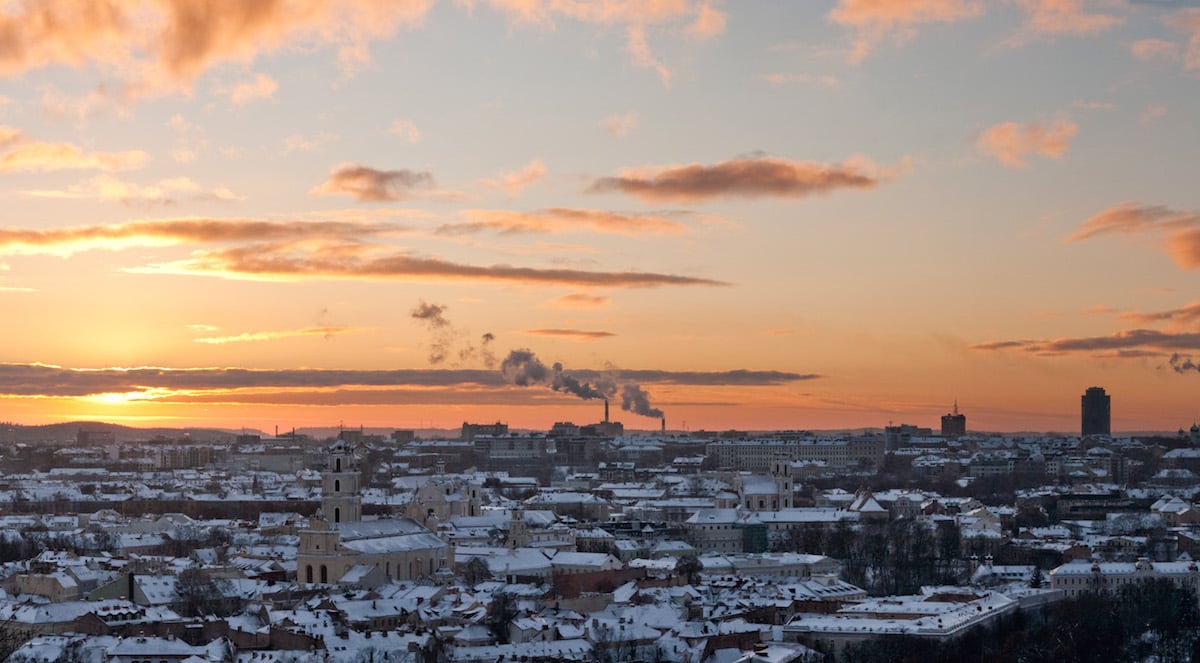These 5 books lay bare what life was really like when communism fell in Eastern Europe

To mark 30 years since the momentous 1989 revolutions that swept the former Eastern Bloc, we’ve picked five books that offer a glimpse into life behind the Iron Curtain and chronicle its fall.
The Equestrian by Ursula Kovalyk
Translated by Julia and Peter Sherwood
This debut by Slovak writer Ursula Kovalyk tells the story of Karolina, who comes-of-age in a village as the Velvet Revolution erupts in Czechoslovakia. Karolina is always surrounded by women: her single mother who’s on the constant lookout for a new husband, her grandmother, who doesn’t leave home without a knife, and her two aunts who lost their jobs as teachers for their “insufficiently positive attitude to the socialist system”. To escape her school bullies, Karolina joins a riding centre where she becomes best friends with a girl called Romana and a horse called Sesil. With the help of their trainer, Matilda, the two girls take trick riding lessons, and go on a journey of self-discovery, learning about their own bodies and their sexuality. But it’s only a matter of time before the political changes in the country disrupt Karolina’s bubble of comfort.
The Land of Green Plums by Herta Müller
Translated by Michael Hofmann
This bleak autobiographical novel centres around a group of young German students living under the Romanian communist regime. When we first meet Lola, she hangs herself and is posthumously expelled from the Communist Party. But she leaves behind a diary which gives clues into her life, including her alienating sexual encounters with men she describes as having the “greedy desire of a starved dog”. The diary inspires her friends to pursue their own quiet acts of rebellion, which range from reading forbidden German classics and writing code, to learning banned songs. As the children of SS officers, these young characters strive for freedom against the backdrop of the greatest atrocities of 20th-century Europe. Set in a world where your every word can be used against you, the book ends with the same sentence it begins with: “‘When we don’t speak,’ said Edgar, ‘we become unbearable, and when we do, we make fools of ourselves’.”
Disturbing the Peace by Vaclav Havel
Translated by Paul Wilson
If Kovalyk’s novel tells the story of the Velvet Revolution as perceived from the edges, in this book-length interview, the dissident writer and activist Vaclav Havel gives a glimpse into the resistance movement that led to the 1989 upheaval from its very core. The book chronicles Havel’s rise from activist to the first President of Czechoslovakia, in his own words. It also reveals the ins and outs of opposition movements such as Chapter 77, which brought Marxists and libertarians together and, as Havel describes it, was a stepping stone “towards a genuine state of thinking about common matters”. This was the first samizdat book published after the Communist Party lost the rule in Czechoslovakia in 1989.
Secondhand Time by Svetlana Alexievich
Translated by Bela Shayevich
In this monumental book, Nobel Prize for Literature winner, Svetlana Alexievich, interviews dozens of people who had lived in the USSR on how they experienced the collapse of the Soviet Union. The voices in this “collective novel”, as the Belorussian author calls it, range from Gulag survivors to ex-Communist Party officials. “I’m piecing together the history of ‘domestic’, ‘interior’ socialism’,” Alexievich writes in the introduction. Disappointment, rage, and suffering about both the Soviet era and its fall pour through these oral history accounts. With Second Hand Time, Alexievich ends her cycle of five books investigating the “Soviet soul”.
Doom 94 by Jānis Joņevs
Translated by Kaija Straumanis
This coming-of-age novel comprises diary entries written by a Latvian teen in search for his identity, as his native country goes through a similar process post-independence. Beginning on the day of Kurt Cobain’s suicide in April 1994, the loosely autobiographical novel presents its protagonist, a metal-head called Jānis, at a turning point in his life, when he gets disenchanted with his old rock group of friends: “Then, suddenly, I found myself on the other side of a barricade. [...] Here was a whole crowd of us (no, not a crowd, we were the handful outside the crowd) who hated those who succeeded and who idolised the damned.” Alternative music constituted a form of cultural resistance in the former socialist bloc. Often talked about as a portrait of a generation, Doom 94 uncovers the after-effects of the fall: when dodgy privatisations made some incredibly wealthy, but left most citizens incredibly poor; when mafia-like networks ruled the streets, and it was not unusual to read about assassinations of businessmen in the papers.


